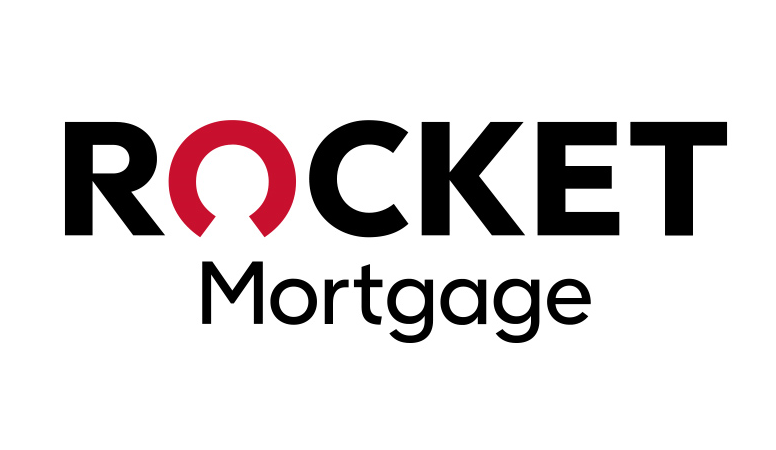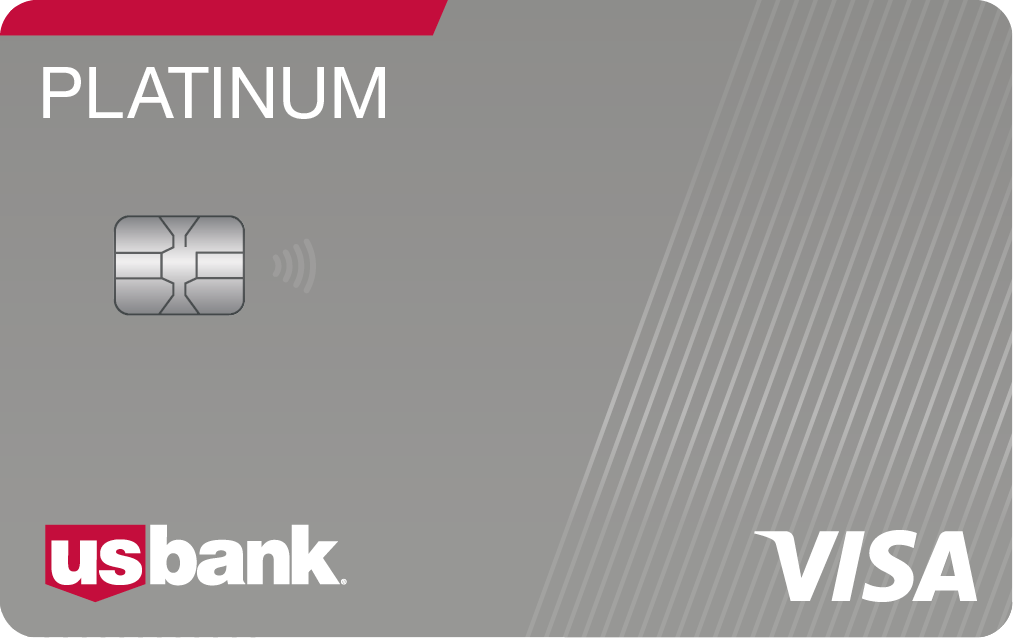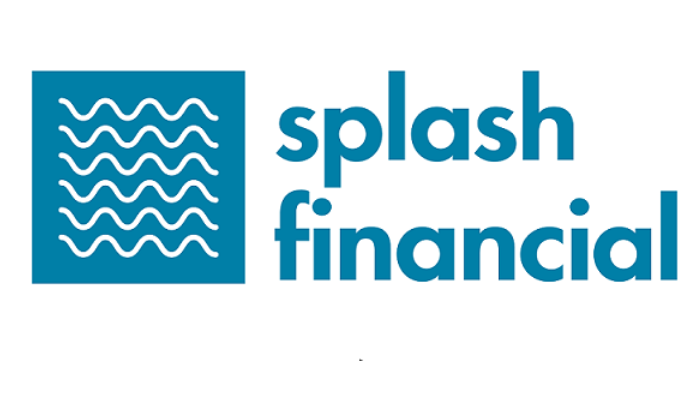Thanks to the federal student loan repayment moratorium that's been in place since March 2020, student loan borrowers have not had to make loan payments or accrue additional interest on their debt.
Some, however, used this as an opportunity to put all of their money toward paying down the debt principal and get ahead on their loans. Now, because of President Joe Biden's student loan forgiveness, it turns out they may be eligible to receive a refund for any payments made during the pause.
Below, Select takes a closer look at what you need to know about getting a refund, and some ideas for what to do with your sudden windfall.
Our best selections in your inbox. Shopping recommendations that help upgrade your life, delivered weekly. Sign-up here.
How to get refunded for pandemic-era payments
When you're faced with paying off debt that has a 0% interest rate, two different lines of thinking come into play. Without having to worry about paying additional interest, you can instead put all your money toward paying down the principal. Alternatively, you can focus your attention on paying off other debts that may be accruing interest, such as a mortgage, car loan or credit card.
Which brings us back to a choice many borrowers had to make when federal student loans payments and their associated interest were put on hold as a result of the Covid-19 pandemic — whether to keep paying them off at a time when interest was reduced to 0% or put that money elsewhere.
For those who kept paying their federal student loans off throughout the moratorium, there is even better news than just the possibility of student loan forgiveness (which you must qualify for by meeting certain income thresholds): A specific clause on the Federal Student Aid website indicates that you can receive all of those funds back. Specifically, it says "You can get a refund for any payment (including auto-debit payments) you make during the payment pause (beginning March 13, 2020). Contact your loan servicer to request that your payment be refunded."
There aren't any further details listed about it on the Federal Student Aid website except that interested parties should contact their loan servicers directly to process these refunds. A list of federal student loan servicers can be found here.
So far, it seems to be working. Kaitlyn Koterbski, a personal finance fellow at Fortune, described her personal experience of getting a refund this way, reporting that it took two phone calls and several hours on hold with her student loan servicer for her refund of nearly $3,000 to be processed. A number of tweets and TikTok videos have also featured borrowers sharing their stories about how they were able to get refunded for payments made since the freeze began in March 2020.
Here's how it works:
Let's say you had an $8,000 balance prior to the pandemic, and paid $3,000 off since Mar. 13, 2020, leaving you with a current balance of $5,000. If you ask for a refund from your servicer, your payments will be issued to you back in cash. So in this, you will receive $3,000. However, your overall student loan balance will go back up to $8,000.
After that, you would apply for student loan forgiveness. Assuming you're under the income restriction and a non-Pell grant borrower, you will have $8,000 forgiven, leaving you with no student loan debt. From there, you can decide what to do with the $3,000 that was returned to you.
However, while some people have moved forward with requesting their refunds from their servicers, some experts are advising to wait until more details are released from the Department of Education to understand how pandemic-era student loan payments will affect overall balances and eligibility for student loan forgiveness.
What to do with your student loan refund
If you're able to receive a refund — whether or not a huge chunk of your student loans are also being forgiven — it's a great time to begin tackling other financial goals. Here are a few ways to get started.
Pay off high-interest debt
If you have any high-interest debt such as a credit card, use your refund to pay that balance off. It's almost certain your credit card interest rate is higher than your student loans, so it's mathematically the best idea to pay these balances off first.
Or, if you have a good to excellent credit score, you may consider applying for a 0% intro APR credit card and doing a balance transfer to one of these cards.
Wells Fargo Reflect® Card
Rewards
None
Welcome bonus
None
Annual fee
$0
Intro APR
0% intro APR for 18 months from account opening on purchases and qualifying balance transfers. Intro APR extension of up to 3 months with on-time minimum payments during the intro and extension periods. 15.24% - 27.24% variable APR thereafter; balance transfers made within 120 days qualify for the intro rate
Regular APR
15.24% - 27.24% variable APR on purchases and balance transfers
Balance transfer fee
Introductory fee of 3% ($5 minimum) for 120 days from account opening, then up to 5% ($5 minimum)
Foreign transaction fee
3%
Credit needed
Excellent/Good
See rates and fees. Terms apply.
Citi® Double Cash Card
Rewards
2% cash back: 1% on all eligible purchases and an additional 1% after you pay your credit card bill
Welcome bonus
For a limited time, earn $200 cash back after spending $1,500 on purchases in the first 6 months of account opening.
Annual fee
$0
Intro APR
0% for the first 18 months on balance transfers; N/A for purchases
Regular APR
16.24% - 26.24% variable
Balance transfer fee
For balance transfers completed within 4 months of account opening, an intro balance transfer fee of 3% of each transfer ($5 minimum) applies; after that, a balance transfer fee of 5% of each transfer ($5 minimum) applies
Foreign transaction fee
3%
Credit needed
Good/Excellent
Terms apply.
Boost your emergency fund
If you don't already have three to six months worth of living expenses saved up in a high-yield savings account, that may be the best place to begin, as it would provide you with a financial cushion to fall back on in case of any unexpected expenses such as pricey home repairs or surprise medical bills — or if you were to suffer a sudden job loss.
The advantage of using a high-yield savings account is that you can earn more interest on your balance each month than you normally would through a traditional savings account. Here are two of our favorites to consider.
American Express® High Yield Savings Account
Annual Percentage Yield (APY)
1.65% APY as of 8/19/22
Minimum balance
Minimum balance to open is $0
Monthly fee
$0
Maximum transactions
Up to 9 free withdrawals or transfers per statement cycle *The 6/statement cycle withdrawal limit is waived during the coronavirus outbreak under Regulation D
Excessive transactions fee
$0
Overdraft fees
$0
Offer checking account?
No
Offer ATM card?
No
Terms apply.
American Express National Bank is a Member FDIC.
LendingClub High-Yield Savings
Annual Percentage Yield (APY)
2.07%
Minimum balance
No minimum balance requirement after $100.00 to open the account
Monthly fee
None
Maximum transactions
None
Excessive transactions fee
None
Overdraft fees
N/A
Offer checking account?
Yes
Offer ATM card?
Yes
See our methodology, terms apply.
Invest for the future
If you haven't prioritized investing for retirement, this windfall can help you to build up your net worth.
Let's say you've paid $12,000 toward your student loans since the beginning of the pandemic. After you reach out to your loan servicer and your refund is processed, you could take that money, open a Roth IRA and invest in an S&P 500 index fund, which historically has returned about a 10% annualized average return over the past 30 years.
You could then fill your Roth IRA for 2022 and save the other half to fill your Roth IRA once the calendar turns to 2023.
Over the course of 30 years, that $12,000 you assumed was going to your student loans would end up growing to about $209,000 in tax-free retirement money if it continued to produce a 10% average return — if you were to contribute an additional $500 per month on top of that starting in 2024, you would end up with over $1 million.
If this sounds appealing to you, consider opening an investment account such as a Roth IRA with one of the following brokerages, or using one of the robo-advisors listed below to help you reach your financial goals.
Betterment
Minimum deposit and balance
Minimum deposit and balance requirements may vary depending on the investment vehicle selected. For Betterment Digital Investing, $0 minimum balance; Premium Investing requires a $100,000 minimum balance
Fees
Fees may vary depending on the investment vehicle selected. For Betterment Digital Investing, 0.25% of your fund balance as an annual account fee; Premium Investing has a 0.40% annual fee
Bonus
Up to one year of free management service with a qualifying deposit within 45 days of signup. Valid only for new individual investment accounts with Betterment LLC
Investment vehicles
Robo-advisor: Betterment Digital Investing IRA: Betterment Traditional, Roth and SEP IRAs 401(k): Betterment 401(k) for employers
Investment options
Stocks, bonds, ETFs and cash
Educational resources
Betterment RetireGuide™ helps users plan for retirement
Terms apply.
Charles Schwab
Minimum deposit and balance
Minimum deposit and balance requirements may vary depending on the investment vehicle selected. No account minimum for active investing through Schwab One® Brokerage Account. Automated investing through Schwab Intelligent Portfolios® requires a $5,000 minimum deposit
Fees
Fees may vary depending on the investment vehicle selected. Schwab One® Brokerage Account has no account fees, $0 commission fees for stock and ETF trades, $0 transaction fees for over 4,000 mutual funds and a $0.65 fee per options contract
Bonus
None
Investment vehicles
Robo-advisor: Schwab Intelligent Portfolios® and Schwab Intelligent Portfolios Premium™ IRA: Charles Schwab Traditional, Roth, Rollover, Inherited and Custodial IRAs; plus, a Personal Choice Retirement Account® (PCRA) Brokerage and trading: Schwab One® Brokerage Account, Brokerage Account + Specialized Platforms and Support for Trading, Schwab Global Account™ and Schwab Organization Account
Investment options
Stocks, bonds, mutual funds, CDs and ETFs
Educational resources
Extensive retirement planning tools
Terms apply.
Fidelity Investments
Minimum deposit and balance
Minimum deposit and balance requirements may vary depending on the investment vehicle selected. No minimum to open a Fidelity Go account, but minimum $10 balance for robo-advisor to start investing. Minimum $25,000 balance for Fidelity Personalized Planning & Advice
Fees
Fees may vary depending on the investment vehicle selected. Zero commission fees for stock, ETF, options trades and some mutual funds; zero transaction fees for over 3,400 mutual funds; $0.65 per options contract. Fidelity Go is free for balances under $10,000 (after, $3 per month for balances between $10,000 and $49,999; 0.35% for balances over $50,000). Fidelity Personalized Planning & Advice has a 0.50% advisory fee
Bonus
Find special offers here
Investment vehicles
Robo-advisor: Fidelity Go® and Fidelity® Personalized Planning & Advice IRA: Fidelity Investments Traditional, Roth and Rollover IRAs Brokerage and trading: Fidelity Investments Trading Other: Fidelity Investments 529 College Savings; Fidelity HSA®
Investment options
Stocks, bonds, ETFs, mutual funds, CDs, options and fractional shares
Educational resources
Extensive tools and industry-leading, in-depth research from 20-plus independent providers
Terms apply.
Vanguard
Minimum deposit and balance
Minimum deposit and balance requirements may vary depending on the investment vehicle selected. No minimum to open a Vanguard account, but minimum $1,000 deposit to invest in many retirement funds; robo-advisor Vanguard Digital Advisor® requires minimum $3,000 to enroll
Fees
Fees may vary depending on the investment vehicle selected. Zero commission fees for stock and ETF trades; zero transaction fees for over 3,000 mutual funds; $20 annual service fee for IRAs and brokerage accounts unless you opt into paperless statements; robo-advisor Vanguard Digital Advisor® charges up to 0.20% in advisory fees (after 90 days)
Bonus
None
Investment vehicles
Robo-advisor: Vanguard Digital Advisor® IRA: Vanguard Traditional, Roth, Rollover, Spousal and SEP IRAs Brokerage and trading: Vanguard Trading Other: Vanguard 529 Plan
Investment options
Stocks, bonds, mutual funds, CDs, ETFs and options
Educational resources
Retirement planning tools
Terms apply.
Bottom line
For many borrowers, the windfall from having some of their student loans forgiven and receiving a refund for any payments made since March 2020 can be a life-altering financial event.
As you get your financial priorities in line, be sure that you give a specific purpose to the money you're refunded and the monthly payments you would have been paying toward your loans. Otherwise, you may find yourself spending it on things that won't be setting you up for a successful future.
Read more
Catch up on Select's in-depth coverage of personal finance, tech and tools, wellness and more, and follow us on Facebook, Instagram and Twitter to stay up to date.






